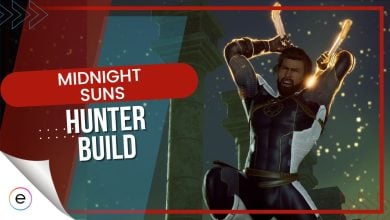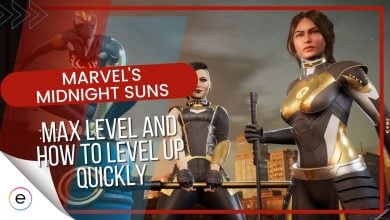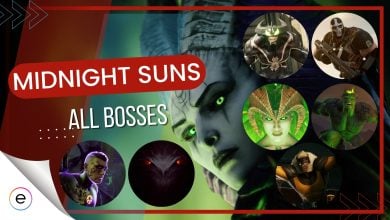Marvel's Midnight Suns Review
Overall
-
Story And Setting
-
Gameplay
-
Visuals And Performance
Summary
Overall, Marvel’s Midnight Suns is a huge success for fans of both Marvel and turn-based games. It wonderfully blends the tactical RPG aspect with the deckbuilding mechanics, and that makes for a really fun experience overall.
- Developers: Firaxis Games and Virtuos
- Publishers: 2K Games
- Release Date: December 1, 2022
- Platforms: PlayStation 5, PlayStation 4, Xbox One, Xbox Series X & Series S, and PC
Pros
- Interesting Narrative
- Balanced Gameplay
- Skill Diversity
- Fantastic Choreography
Cons
- Lack Facial Expressions
- Riddled With Microtransactions
- Issues With Ray Tracing
Firaxis Games, in collaboration with Marvel, has released a brand-new superhero game that is unlike any of their previous titles. At its core, it is a turn-based tactical RPG, filled with a plethora of iconic superheroes that we all know and love, but in a slightly more grim setting. So our Marvel’s Midnight Suns review aims to see what it’s all about.
The game packs everything that we love about superheroes and delivers it in a tightly knit package. Let’s dive in now to see whether or not the title is worth your money, and if you should consider diving into it right now.
Story And Setting
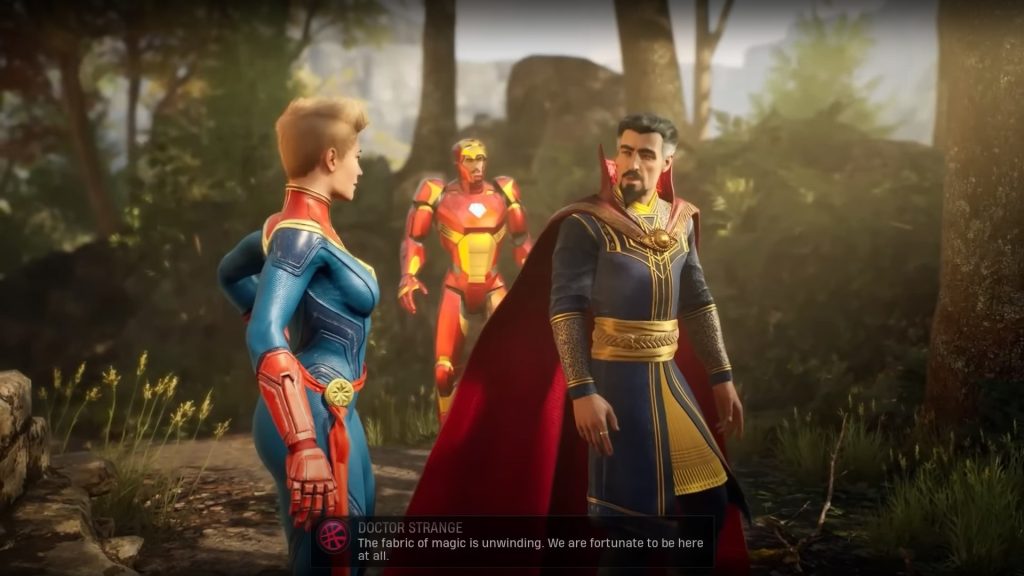
The story is set in the dark side of the Marvel Universe, where the world is faced with the biggest threat that they have ever faced in the form of the twisted and demonic forces of the Elder God Chthon. Players will step into the shoes of The Hunter, an original hero in the Marvel franchise, and to save everything that they hold dear, you must join forces with iconic Marvel superheroes like Iron Man, Doctor Strange, Spiderman, the X-Men, and many more.
The Hunter is part of a group called The Midnight Suns, a team of young heroes who all possess some kind of unique powers. The Avengers are introduced to this lot by Doctor Strange after they realize that taking on an Elder God and his forces is no walk in the park. The main storyline doesn’t do anything innovative., but it features the age-old dynamic of older veterans working together with the next generation. But it does it in such a way that is both fascinating and fun.
The drift between the two major groups, the Avengers and the Midnight Suns, is one of the core parts of the narrative. The younger Midnight Suns think that the Avengers are old and inept, due to their lack of ability to face off against such a threat. On the other hand, The Avengers think that the younger heroes are arrogant and not yet ready to handle the responsibility of being Earth’s guardians. Despite all this, they must overcome their differences and join hands to defeat something that surpasses both groups.
The interesting thing about the story is the family dynamics that surround it. Our character, Hunter, is actually the child of Lilith, who is an ancient being with terrifying powers. The game puts an emphasis on her ability to alter the minds and memories of heroes and villains alike. This gives the narrative a very diverse outlook, as the characters that we are so familiar with act and behave in unorthodox ways.
Another positive about the narrative is that despite the huge cast, the game lets the individual heroes shine and have their moments. The relationship between these heroes will be discovered throughout the game and we will learn the weight of decisions in a world where superheroes exist.
All in all, the narrative is a fun ride and makes you care about its characters, even if the rigid facial animations make character emotions hard to convey.
Gameplay
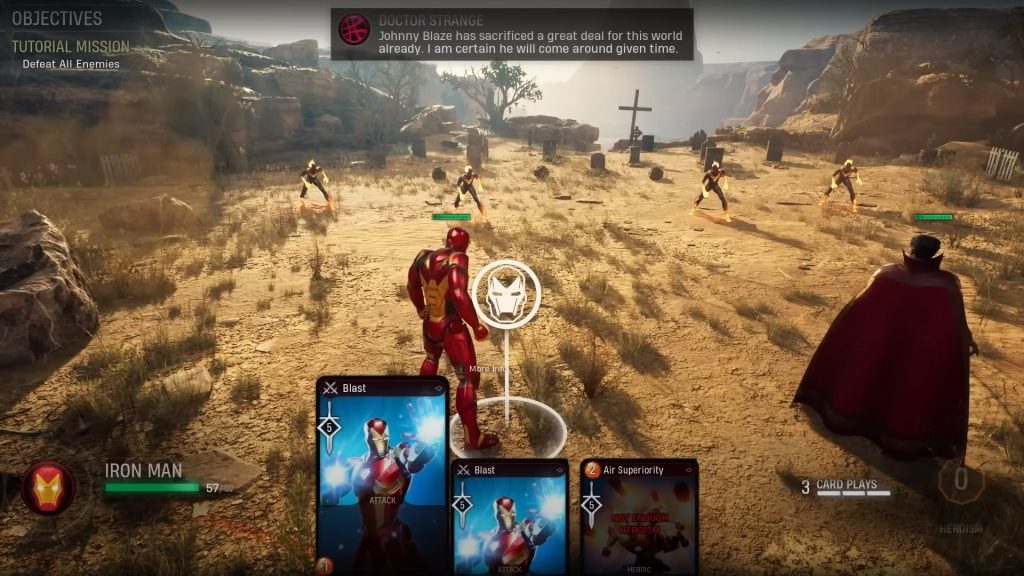
The gameplay revolves around the turn-based tactical combat system that some people will immediately recognize from other Firaxis titles. The influence of XCOM is apparent in the whole experience, and the studio has masterfully transferred the parts that made that series good and left out the parts that made it frustrating.
The basic combat loop revolves around both you and your enemies taking action in a turn-based loop. There are a lot of options at the player’s disposal, such as performing attacks, defending, and altering positions. A massive thing that sets this game apart from XCOM is the fact that attacks always land. whereas in the other games your percentage of landing an attack was determined by a number of factors.
Thanks to the removal of this feature, the fighting in the game feels fresh and invigorating. The heroes pack a punch, and it feels as if there is weight behind their attacks, which in turn makes players feel in command of the situation. But this isn’t done in a way that reduces the challenge of the game, and the encounters are still well-balanced and you cannot brute force your way through every fight.
With the removal of the chance-based systems that we discussed, it actually feels as if your strategies are worth something now. Because the AI interference cannot fully upset the plans that you initiate, it is extremely enjoyable to plan moves out and watch them play out as you had envisioned.
One place where the chance-based system is still implemented however is when you try to knock enemies out of an arena. It is purely based on chance and the game will inform you of the odds. This is done in an attempt to balance the game, as otherwise, the game would have been unfair. Since knockouts from the arenas count as insta-death, it is understandable why this step was taken.
Another feature that complements this is the deckbuilding system, as cards are dealt out each round and these affect what you can do on your turn. Each hero has a unique deck that you can alter and modify, and the game makes sure that there is a factor of uncertainty so that players can only know the sequence of their current hand. Thanks to this system, the death of a hero isn’t as detrimental either, since you can still play the other cards that you have.
Each hero can have a deck of up to 10 cards, which is a sweet spot that allows for a lot of diversity. So, you can make a lot of strategies with the different heroes and different cards. These cards can be upgraded as well, which enhances their effects.
The game incentivizes you to switch up your team regularly so that you do not follow the same strategies each time. If you take the same characters into battle a lot, they can get injured. So, it is encouraged to experiment with different heroes and explore all the options.
Another unique feature that is implemented in the game is the morality system, which affects the player’s character only. Using certain moves in your arsenal can cause their morality to change, and as the game progresses, you will unlock abilities that are associated with a certain alignment. If you move towards the Light, you will unlock associated abilities such as healing. If you move toward the Dark, however, you will unlock abilities such as highly damaging attacks. The player controls which route to take depending on their affinities.
Outside of missions and combat, you will spend most of your time in The Abbey, which is the main hub in the game. You can interact with other characters over here and talk to them, and it is really interesting to see how Hunter’s role in the group evolves as you interact with other members of the team and improve your bonds with them.
Visuals And Performance
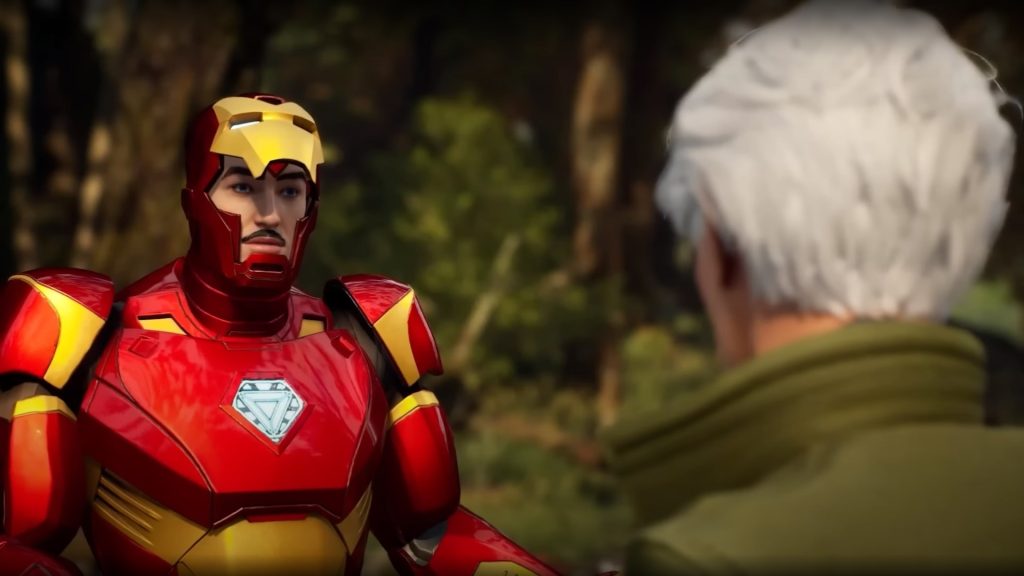
Visually, the game looks just like what we’ve come to expect from big-budget releases. The character animations are choreographed in a masterful manner, which makes the whole thing feel like it was ripped straight out of a movie. The attacks all have beautiful and unique animations which give a lot of flair to the effects on screen as well.
That detail does not extend to the actual NPCs though, as facial expressions leave something to be desired. The narrative of the game is fairly interesting, but the bland expressions take you out of it and prevent you from taking things all that seriously. Other than that, I can’t really complain about anything.
Coming to performance, the game runs well without any issues. Throughout my playthrough of the game, I have not encountered any sort of game-breaking bugs, and the game ran at a smooth 60 FPS, which is to be expected from a major release in 2022.
Some players have complained about the ray tracing in the game, but that is almost always a mixed bag. Switching it on also causes the framerate to be unsteady, so it is recommended that you experience the game with RT off if you are on PC. So far there hasn’t been a patch to address this issue, but hopefully, there will be one down the line.
Another negative that many fans have been vocal about is the microtransactions that riddle the game. There are a lot of these for costumes and cosmetics which puts off certain people, and even though they are mostly cosmetic, it still hurts to see them in a premium title.
Verdict
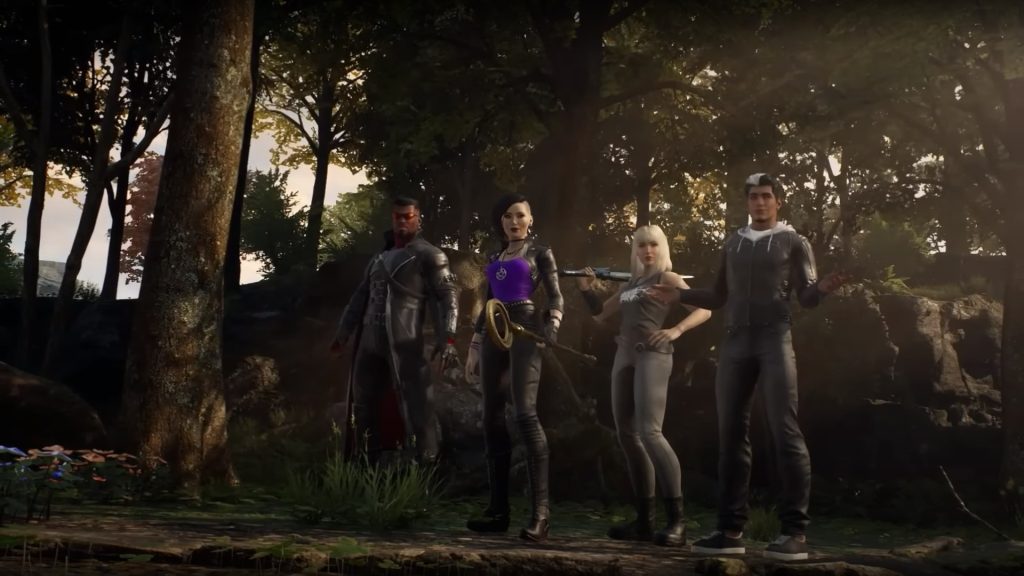
Overall, Marvel’s Midnight Suns is a huge success for fans of both Marvel and turn-based games. It wonderfully blends the tactical RPG aspect with the deckbuilding mechanics, and that makes for a really fun experience overall.
Other than the issues with the ray tracing on the PC, and the microtransactions, there isn’t a whole lot to complain about. But again, the microtransactions are egregious, and we should never let developers get too comfortable with putting them in their games.
But if you are a fan of the Marvel franchise or tactical RPGs in general, then this game is a must-try for you.
This has been our Marvel’s Midnight Suns Review. While you’re here, consider checking out some of our other articles.
- Warhammer 40,000 Darktide Review
- The Callisto Protocol Review
- Need for Speed Unbound Review
- Call of Duty Warzone 2 Review
- Gungrave G.O.R.E Review
- Tactics Ogre: Reborn review
Thanks! Do share your feedback with us. ⚡
How can we make this post better? Your help would be appreciated. ✍

